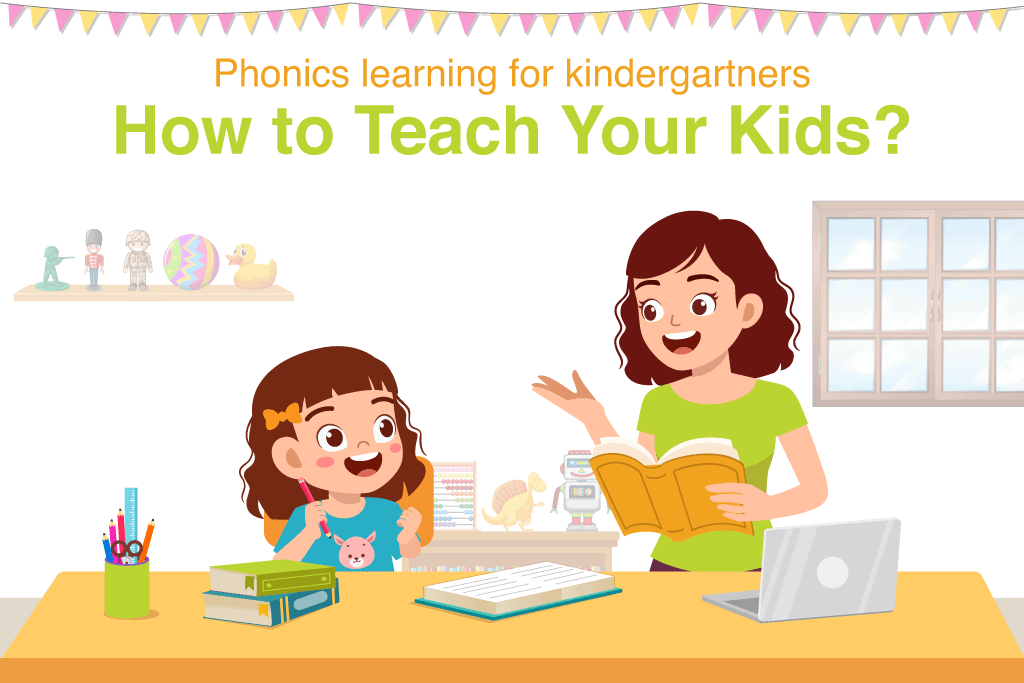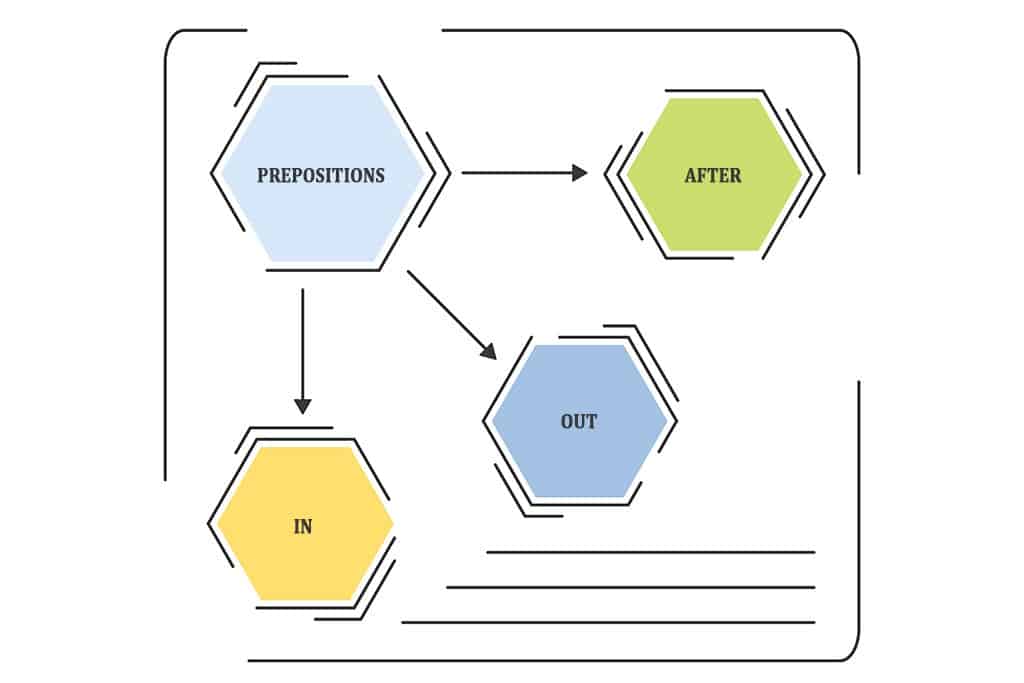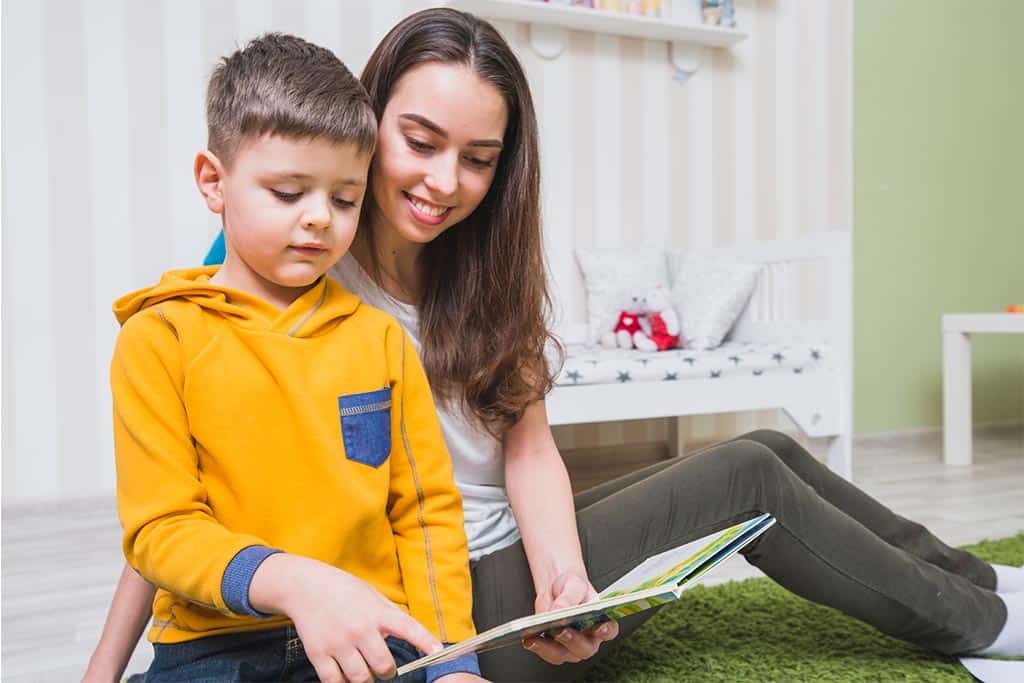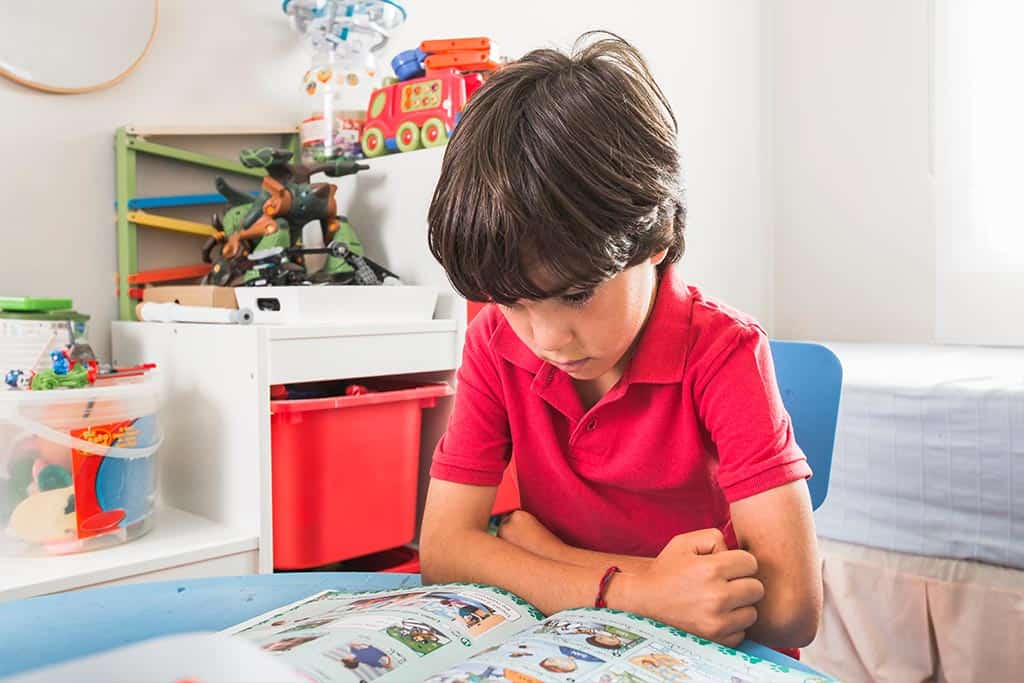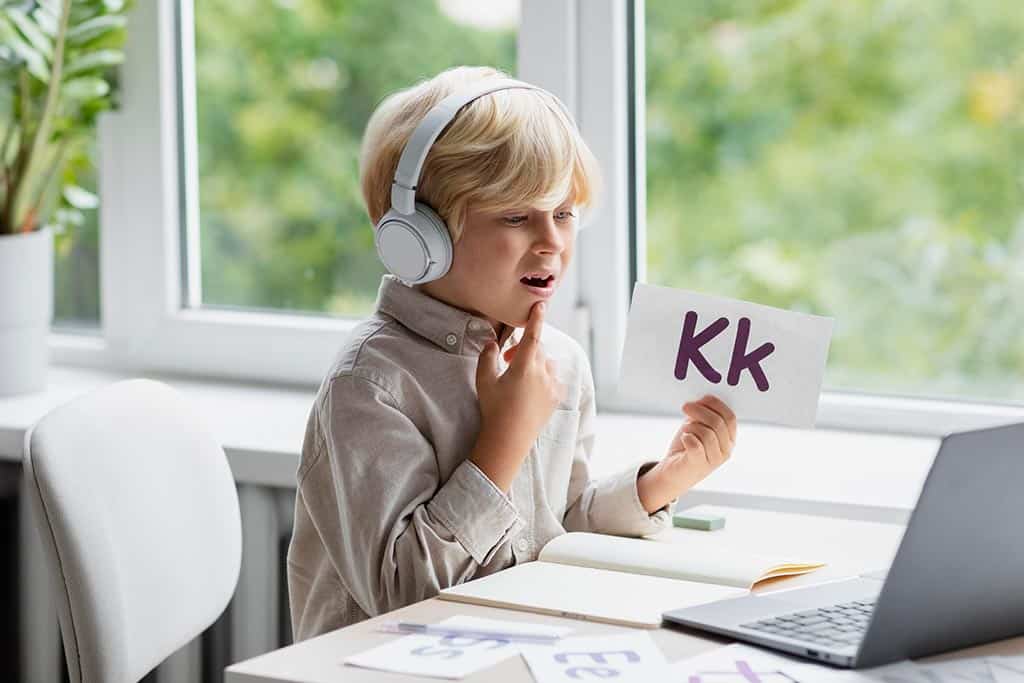Phonics learning for kindergartners: How to Teach Your Kids?
While kids learn to read, teaching them through phonics is one of the most effective methods to apply. Reading is a crucial skill to nurture among young kids. Whether they pick this habit up easily or require a little push, inculcating this habit depending on their speed and desire is critical. Using phonics has been pretty useful in developing this habit and ensuring that the kids fare well in life further, as reading is a primary requirement throughout life. Let’s understand in more detail how phonic classes for kids can help in this area.
Invest in your child’s future with our expertly designed phonics learning resources for kindergartners.
A] What are phonics and their significance?
Before we delve into how to teach reading to kids through phonics, let’s understand what the word actually means. Establishing a relationship between the letter and its sounds refers to phonics. Diving into the details, phonics clarifies the link between what we read, write, and speak. Phonics gives learners and beginner readers the tools through which they can sound the words. For instance, a child learns the sound of an alphabet, let’s say S. They will know it sounds /s/ like in silk. Down the line, they will try combining more letter sounds to make new words like the sun.
Phonics sets the foundation for kids learning to read. As kids progress in their reading section, they will be able to blend letter sounds without stumbling over words. Sounding out the words letter-by-letter that kids have never heard before can help register them in their memory well. Therefore, the significance of jolly phonics learning is immense.
B] Five Core Jolly Phonics Skills
Learning for kindergarteners can be made fun and beneficial through phonics. Let’s see what phonics can do to enhance the child’s reading and learning skills:
1. Phonics Reading Exercises The Brain
Reading can be a complex task, especially for young children. Although many reading problems can arise while reading, it also stimulates and exercises the brain. It builds young readers’ intelligence by forming new neural pathways in the brain. They can learn to recognize and understand the words written properly. Further, general skills like probability reasoning and reasoning by analogy enhance through phonics reading.
2. Learning Syllable Structure
Syllable structure becomes easier to grasp with phonics education given to teach preschooler to read. For instance, they can acknowledge that a closed syllable will end with a constant and have a short vowel. On the other hand, an open syllable ends in a vowel ending with a long sound. Thus, phonics education makes understanding the English structure clearer and easier.
3. Practicing Reading Improves Fluency In Children
Children build fluency over time as they keep reading. With practice comes perfection, and thus the pattern of regular words and pronouncing new words becomes easier and more effective.
4. Makes It Easy To Sound Out Unfamiliar Words
When phonics is used to promote and learn to read English for kindergarten, a regular pattern of words gets developed. It makes it easier for students to connect and read effectively. So when children come across unfamiliar words, their developed phonemic awareness enables them to unravel them easily.
5. Builds Concentration And Patience
Reading requires children to stay still and concentrate on the task at hand. Therefore, this helps them remain focused and learn to read quietly. Further, as they follow the teacher’s instructions over time, it inculcates patience and high concentration skills in them.
6. A Better Grasp Of Vocabulary And Language
The more a child reads, the better grasp they get of the language. Their vocabulary increases as they decode new words while reading. The more they practice reading comprehension, the overall meaning of words also becomes clear. This action will then become automatic over time.
7. Quicker Recognition of Matching Sounds And Symbols
Excellent phonemic awareness skills get developed in children who read frequently. In other words, the children’s ability to hear, identify, and manipulate letter symbols with their matching sounds strengthens over time.
8. Inculcating Imagination And Empathy Among Kids
Developing reading as a habit among children broadens their horizons as they learn about events, people, and places outside. This enables them to imagine what they would do or feel in such a situation. For instance, if they read about going to the moon, they’d imagine what the place would be like and what they would do once they reached there. A new world opens up to them in their visualization of the descriptions read in the book.
9. Success In School
Phonics education brings more activeness and fluency in reading for children. It further promotes them to fare well in other subjects and build a strong academic base in subjects other than English. Grasping knowledge across the entire curriculum can become easier and better.
10. Fun Learning Experience
In the end, teaching preschoolers to read through phonics can be a fun, interactive, and engaging experience. Incorporating games, visuals, and other fun activities makes the lesson vibrant and positively impacts reading and writing.
Read: Fun and Learn – Rhyming Word Activities for Kindergarten
C] How to teach reading through phonics to kids?
Teach reading through phonics, which adds a fun and exciting experience for the children. You can begin with nursery rhymes and night stories. Information retention becomes better and more effective when you incorporate fun that improves children’s concentration. Other ways to add this lesson to children’s reading are as follows:
1. Make the kid aware of sounds
Without pushing your child, inculcate effective reading in them by incorporating rhyming lessons. Let your child understand the concept, even if they make up nonsense words. Let the child understand each sound in a letter. For instance, a cat has three sounds /c/, /a/, and /t/. Some ideas to do this involves asking the child which letter their name starts with and what sounds they hear. The first sound of different vegetables, the I spy game, etc., can help you introduce them to sounds and related letters.
2. Learning to blend orally
Next, enable your child to glue different sounds together to produce a word. You need not stress about the letters while letting your child catch the sounds. Focus solely on the latter aspect so that they can capture the concept in their mind. This stage is highly critical and among the foundational skills. Ensure not to push your child in this stage, as it can cause a major setback.
3. Sounds and letters introduction
Credit: Teach for Life
Incorporate curiosity among children to read and understand the letters and sounds through games. Magnetic letters can be highly helpful in clarifying the sounds and letters concept to a child and linking the two. Several games you can play are pointing a finger to the letter and making its sound, hiding a letter, and letting the child tell what is missing. You can start with only four letters and then add more per your child’s understanding.
4. First words blending
After understanding the sounds and learning oral blending quickly, it’s time to incorporate blending with letters. Learning blending early in the process can ease the further reading journey for the child. You can help relieve a little of the cognitive load of the child. But repeating a set of sounds and letters until perfection is achieved can fasten the process.
5. Continuous practice
After the basics and foundation are set, keep practicing through worksheets, games, etc. It will strengthen their bond with words, letters, and sounds.
Read: 20+ Fun Phonics Activities and Games for Early Readers
Invest in your child’s future with our expertly designed phonics learning resources for kindergartners.
Conclusion
Not every child can learn through the same method. But using phonics in your personal way can enhance engagement and effective reading. If you want to know more about how to teach kids, kindly contact us.

